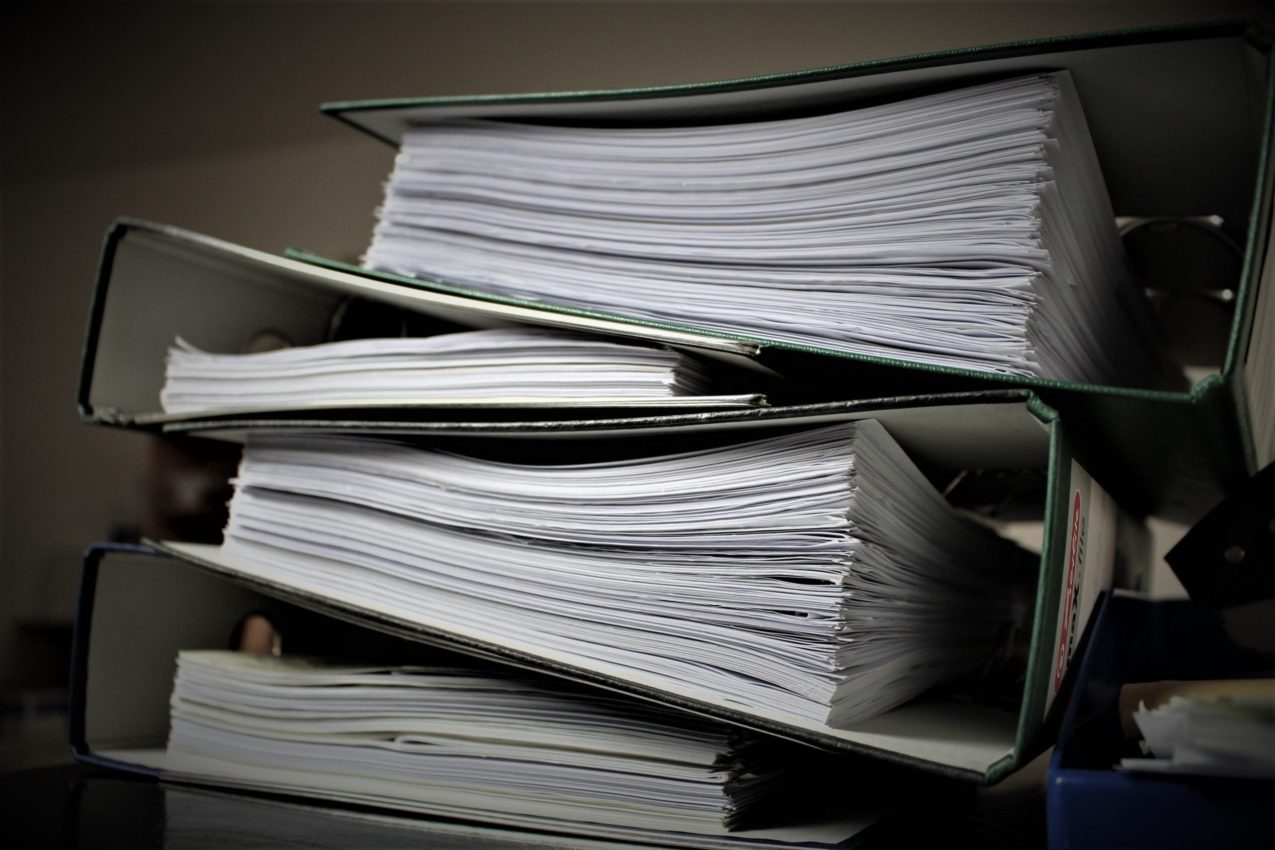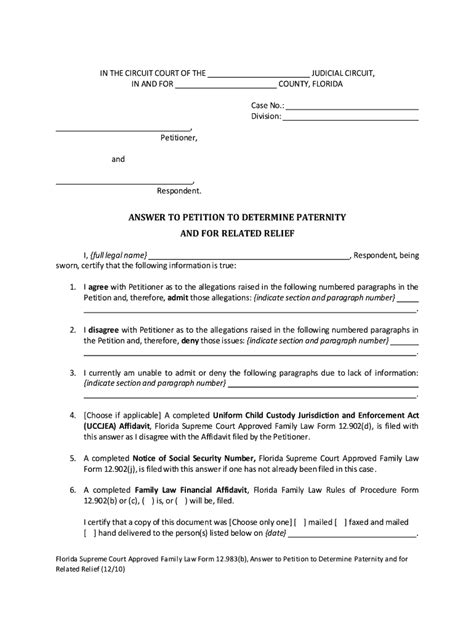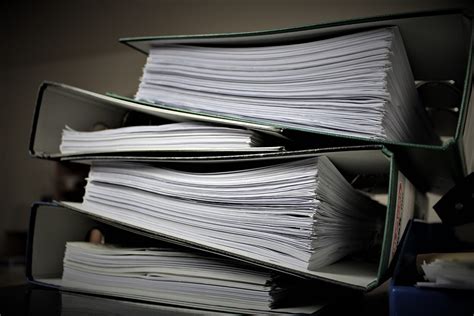5 Refinance Papers

Introduction to Refinance Papers

Refinancing is a process where a borrower replaces an existing loan with a new one, often to take advantage of better interest rates or terms. The process involves several key documents, known as refinance papers, which are essential for completing the transaction. In this article, we will explore the five primary refinance papers involved in the refinancing process.
Understanding Refinance Papers
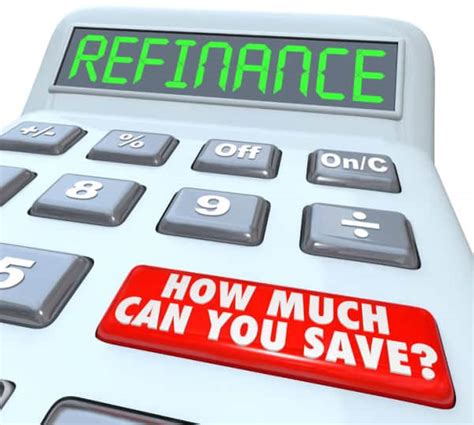
Refinance papers are legal documents that outline the terms and conditions of the new loan. They provide a clear understanding of the borrower’s obligations and the lender’s expectations. The five primary refinance papers are: * Loan Application: This document initiates the refinancing process, where the borrower provides personal and financial information to the lender. * Good Faith Estimate: This document outlines the estimated costs associated with the refinance, including interest rates, fees, and closing costs. * Truth-in-Lending Disclosure: This document provides a detailed breakdown of the loan terms, including the annual percentage rate (APR), finance charges, and payment schedule. * Loan Estimate: This document provides a more detailed estimate of the refinance costs, including the loan amount, interest rate, and monthly payments. * Closing Disclosure: This document finalizes the refinance transaction, outlining the final terms and conditions of the loan.
Loan Application

The loan application is the first step in the refinance process. It requires the borrower to provide personal and financial information, such as: * Income and employment history * Credit score and history * Property value and location * Loan amount and interest rate The lender uses this information to determine the borrower’s creditworthiness and eligibility for the refinance.
Good Faith Estimate
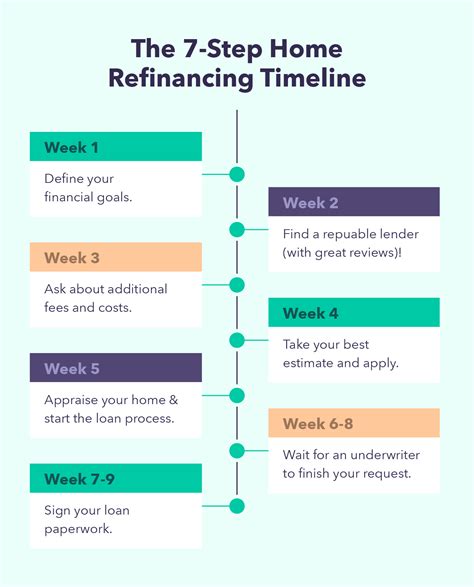
The Good Faith Estimate (GFE) is a document that outlines the estimated costs associated with the refinance. It includes: * Interest rate: The interest rate on the new loan * Fees: Origination fees, points, and other charges * Closing costs: Costs associated with the refinance, such as appraisal and title fees The GFE provides a clear understanding of the costs involved in the refinance, allowing the borrower to make an informed decision.
Truth-in-Lending Disclosure
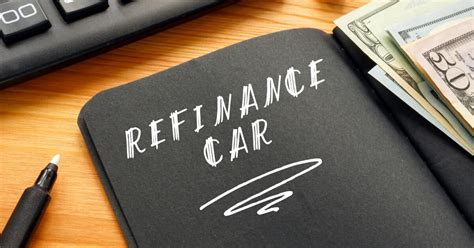
The Truth-in-Lending Disclosure (TIL) provides a detailed breakdown of the loan terms, including: * Annual Percentage Rate (APR): The total cost of the loan, including interest and fees * Finance charges: The total amount paid over the life of the loan * Payment schedule: The monthly payment amount and due date The TIL ensures that the borrower understands the true cost of the loan and can make an informed decision.
Loan Estimate

The Loan Estimate (LE) provides a more detailed estimate of the refinance costs, including: * Loan amount: The amount borrowed * Interest rate: The interest rate on the new loan * Monthly payments: The monthly payment amount and due date The LE provides a clear understanding of the loan terms and costs, allowing the borrower to compare offers from different lenders.
Closing Disclosure
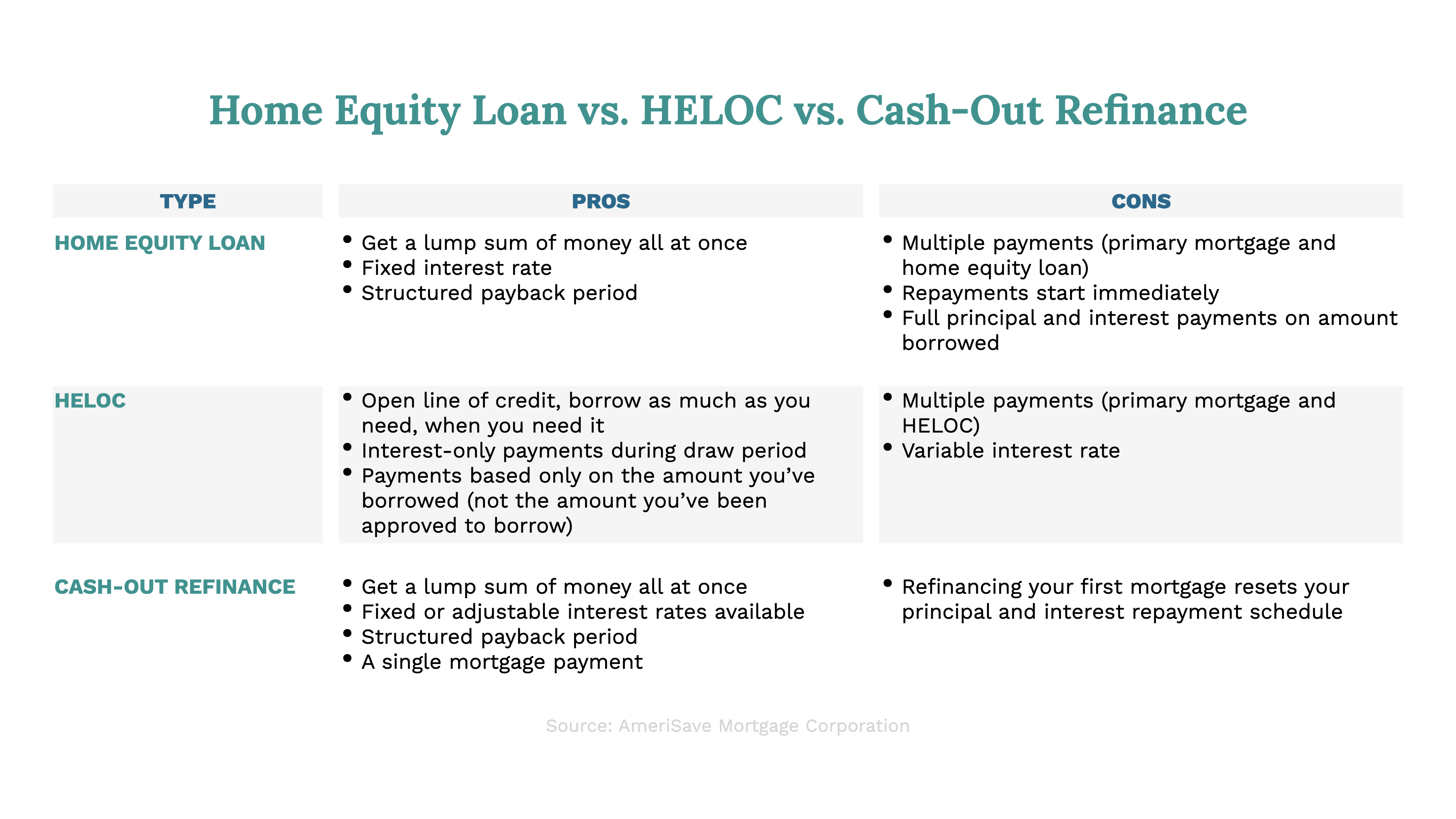
The Closing Disclosure (CD) finalizes the refinance transaction, outlining the final terms and conditions of the loan. It includes: * Loan amount: The final amount borrowed * Interest rate: The final interest rate on the new loan * Monthly payments: The final monthly payment amount and due date The CD ensures that the borrower understands the final terms of the loan and can review the agreement before signing.
📝 Note: It is essential to carefully review all refinance papers before signing, to ensure a clear understanding of the loan terms and conditions.
Additional Considerations
When refinancing, it is essential to consider the following factors: * Credit score: A good credit score can result in better interest rates and terms * Debt-to-income ratio: A lower debt-to-income ratio can improve eligibility for the refinance * Property value: A higher property value can result in better loan terms * Interest rates: A lower interest rate can result in lower monthly payments
| Refinance Paper | Description |
|---|---|
| Loan Application | Initiates the refinance process |
| Good Faith Estimate | Outlines estimated refinance costs |
| Truth-in-Lending Disclosure | Provides detailed loan terms |
| Loan Estimate | Provides detailed estimate of refinance costs |
| Closing Disclosure | Finalizes the refinance transaction |

In summary, the five primary refinance papers are essential documents that outline the terms and conditions of the new loan. By carefully reviewing these documents, borrowers can ensure a smooth and successful refinance process. It is crucial to understand the importance of each document and to review them carefully before signing. With this knowledge, borrowers can make informed decisions and navigate the refinance process with confidence.
What is the purpose of the Loan Application?

+
The Loan Application initiates the refinance process, providing the lender with the necessary information to determine the borrower’s creditworthiness and eligibility for the refinance.
What is the difference between the Good Faith Estimate and the Loan Estimate?

+
The Good Faith Estimate provides an estimated breakdown of the refinance costs, while the Loan Estimate provides a more detailed estimate of the refinance costs, including the loan amount, interest rate, and monthly payments.
Why is the Closing Disclosure important?

+
The Closing Disclosure finalizes the refinance transaction, outlining the final terms and conditions of the loan. It ensures that the borrower understands the final terms of the loan and can review the agreement before signing.
